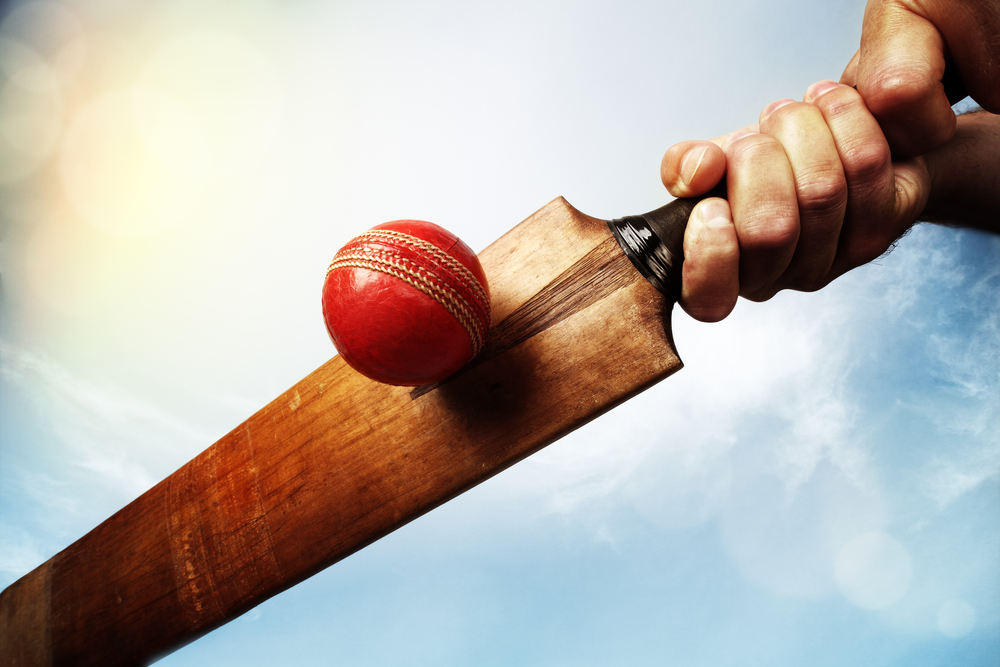The marriage of technology and sports continues to grow strong with every passing year, and one of its successful child has been sports analytics, or rather, sports data capture.
What is Sports Data Capture?
Simply put, it is a collective term of practices where data is collected to study, understand, and apply the various insights learnt to any individual or a team.
Who uses sports data capture in today’s world? Almost everyone, from the players to the team and enthusiastic fans of professional sports. While the study through this tool helps an individual/team improve and stand out against their respective competition, ardent sports fans also use it to learn more about their favourite player/team concerning fitness, record performances and investment in them.
Read more: {Zoom in: Hybrid Multi-Cloud} Why is everyone opting for it?
Without further ado, let’s understand the roadmap of sports data capture and the various tools contributing to its functionality across all sports globally.
Manual Recording
The evolution of sports data capture has been quite interesting with manual recording being the earliest yet the trickiest activity to note down the key updates about an ongoing event. This practice – which involves keeping track of game events and recording them on paper – is still followed today as a means for statisticians to cross-verify the data available with the data produced by using modern-age sensors and cameras in real time. The best example is in a game of cricket, where a team analyst takes notes during a match and matches it against data available on stat platforms.
Scoreboards
Scoreboards, one of the most prominent tools to record data in the past and present, have continued to grow and further develop their application since the early 20th century. They are one of the most significant assets for displaying real-time automated data such as scores, top performers, and time left for a round/whole game to end. A case in point, however, is that this too requires manual effort. While a mix of manual and digital scoreboards are used for all cricketing events in India, sports like football (Indian Super League), kabaddi (Pro Kabaddi), volleyball (Prime Volleyball League) etc., operate with a digital scoreboard.
Electronic Timing
In case you didn’t know, scoreboards were influential in developing electronic timing. Electronic timing systems were introduced in the mid-20th century, primarily for athletic and automobile sporting events. Given the fast-paced nature of sporting races like Formula 1, 100-metre sprints (national and Olympic level), and swimming, it is one of the trickiest devices to clock finish times.
Video Analysis
What if someone told you there is a new method to study data instead of recording and re-watching footage? The introduction of video analysis in the 1980s revolutionised the practice of sports data capture. It was seen as a tool of privilege in its baby days. However, come the 21st century, every team or player across all sports disciplines have video analysis devices to study real-time performances, which helps improvise and communicate immediate feedback. What sets this apart from other sports data capture tools? Efficiency and time. In the Indian Premier League and Indian Super League, video analysis is used predominantly. Besides its frequent in-game usage, this tool helps players/teams to prepare for upcoming games/tournaments/series.
Big Data Analytics
Entering the 21st century, multiple platforms for big data analytics have seen a rise. This is a process to examine, study and understand various variables of a player or team’s performance from an extensive volume of data. Over the past few years, sports data companies and content publishers have blended Big Data Analytics and cricket with various tools for a more comprehensive study of data points. Cricket teams use this data to identify player tendencies, develop effective strategies, and make informed decisions. We’ve seen this also in football (soccer) since the 2000s.
Wearable Technology
The advancement in technology brought forward the use of wearable technology in sports. Initially, limited to field athletes, almost every sports person or fitness enthusiast uses a smartwatch or any wearable gear that can help to study one’s fitness, stamina, pulse rate, etc. In soccer and American football, this tool helps to register data on a player’s movement, distance covered in a game, heart rate and player fatigue.
Artificial Intelligence & Machine Learning
Artificial Intelligence and Machine Learning are the latest tools to make sports data capture easier. AI/ML technologies are humanity’s successors to manual operations, and that’s a given. Why? Because the time duration for these devices to analyse vast volumes of sports data is significantly less than that being carried out by a group of individuals. This allows more accurate predictions and insights into player performance.
Read more: {Zoom in: Augmented analytics} Transforming business intelligence & enhancing business performance
The evolution of sports data capture has enabled coaches, players, and analysts to understand performance better and make more informed decisions. As technology advances, we can expect even more sophisticated data capture and analysis methods in sports.

Guest Contributor Sanket Sawkar is the COO & Group CTO of Sportz Interactive, an India-based sports data, content and technology company. Any opinions expressed in this article are strictly that of the author.












